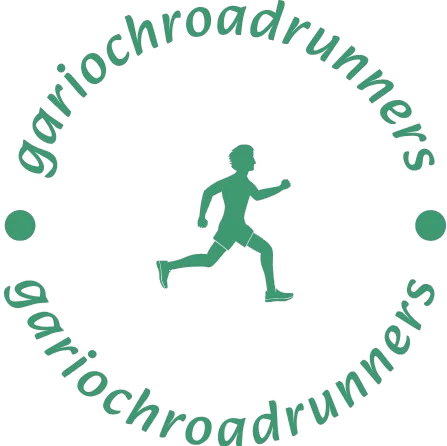Rest and recovery are critical components of any racing regimen. While training builds strength and endurance, recovery allows the body to repair, adapt, and improve. For racers at all levels, understanding the significance of recovery can enhance performance, prevent injuries, and promote long-term success.

Why Rest is Essential
Rest days are not optional; they are a vital part of training. When you rest, your muscles repair microscopic tears caused by exercise, becoming stronger and more resilient. Additionally, rest days give your body the opportunity to replenish energy stores, particularly glycogen, which fuels your muscles during intense activity.
Skipping rest can lead to overtraining, which manifests as fatigue, irritability, and decreased performance. Without adequate rest, racers risk injuries such as stress fractures, tendonitis, and muscle strains. Rest days ensure that your body can handle the demands of your next training session.
Active Recovery for Optimal Performance
Active recovery is a beneficial approach to rest. Instead of complete inactivity, racers can engage in low-intensity activities like yoga, swimming, or walking. Active recovery increases blood flow to muscles, helping to clear lactic acid and reduce soreness.
For example, after a race or a particularly intense training session, a gentle bike ride or stretching session can aid recovery while keeping the body moving. Incorporating active recovery into your routine can also prevent stiffness and maintain flexibility.
The Role of Sleep in Recovery
Sleep is one of the most powerful tools for recovery. During deep sleep, the body releases growth hormones that are essential for tissue repair and muscle recovery. Racers who prioritize sleep often experience better performance, faster reaction times, and improved endurance.
Aim for 7-9 hours of quality sleep each night. Create a sleep-friendly environment by maintaining a consistent bedtime, avoiding screens before bed, and ensuring your room is dark and quiet. For racers, naps can also be an effective way to supplement nighttime sleep, particularly after intense workouts or races.
Hydration and Nutrition for Recovery
Proper hydration and nutrition play a key role in the recovery process. Drinking water after a workout helps replenish lost fluids and prevents dehydration, which can impair recovery. For longer races or training sessions, electrolyte-rich drinks are essential to restore balance.
Nutrition is equally important. Consuming protein after exercise aids muscle repair, while carbohydrates restore glycogen levels. A balanced post-race meal might include lean protein, whole grains, and a variety of colorful vegetables to provide necessary vitamins and minerals.
Incorporating Recovery Techniques
Several recovery techniques can further enhance the process. Foam rolling, for instance, helps release tight muscles and increase circulation. Stretching improves flexibility and reduces the risk of future injuries.
Massage therapy can also be a valuable recovery tool, relieving muscle tension and improving blood flow. For those who experience frequent soreness, tools like compression garments or ice baths may help reduce inflammation and speed recovery.
Mental Recovery for Racers
Physical recovery is only one part of the equation. Racing and training can be mentally demanding, so racers should also focus on mental recovery. Practices like meditation, mindfulness, or spending time in nature can help reduce stress and improve focus.
Taking occasional breaks from rigorous training schedules can also prevent burnout. Using downtime to reconnect with hobbies or loved ones can recharge both the body and mind, preparing racers for future challenges.
Signs You Need More Recovery
It’s important to listen to your body to identify when recovery is needed. Common signs include persistent fatigue, trouble sleeping, reduced performance, and frequent illnesses. Ignoring these signs can lead to more serious issues, so adjust your training and prioritize rest when necessary.
Conclusion
Rest and recovery are not just breaks from training; they are essential steps in a racer’s journey to peak performance. By integrating rest days, prioritizing sleep, and utilizing recovery techniques, racers can optimize their training, reduce injuries, and maintain long-term success. Embrace recovery as a crucial element of your routine, and you’ll be better equipped to achieve your racing goals.











